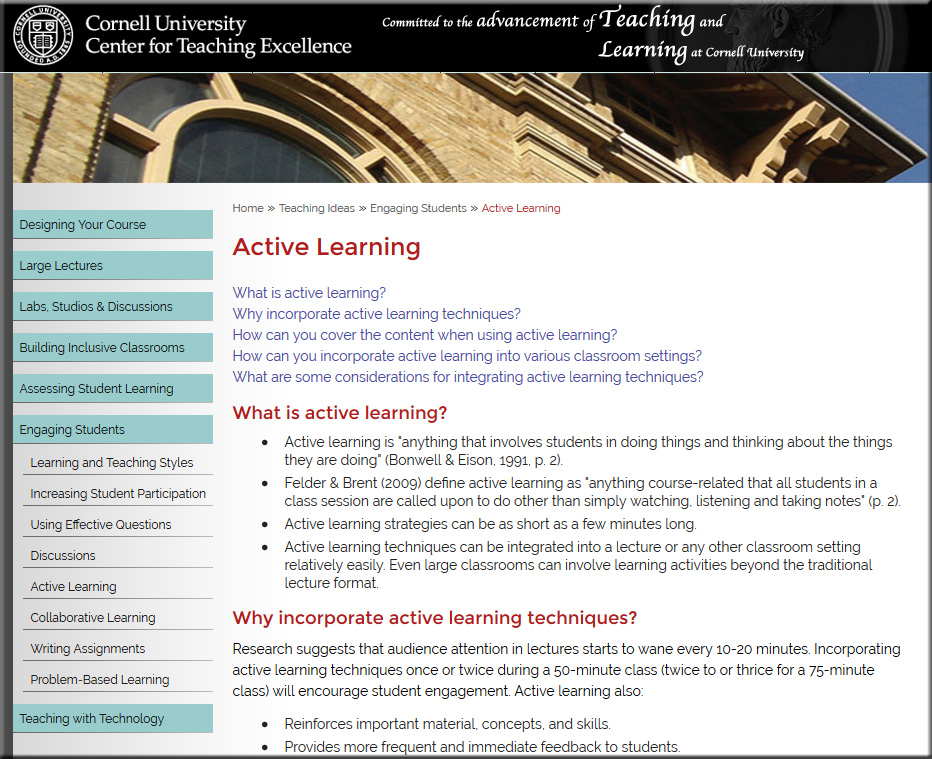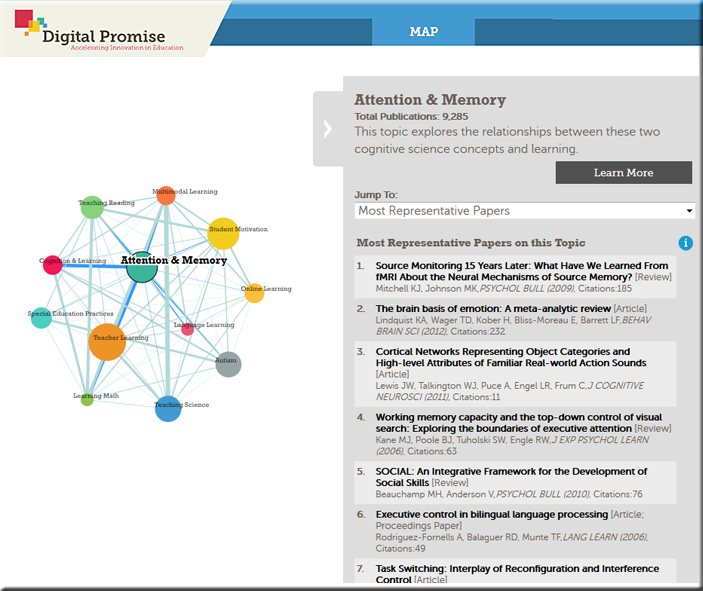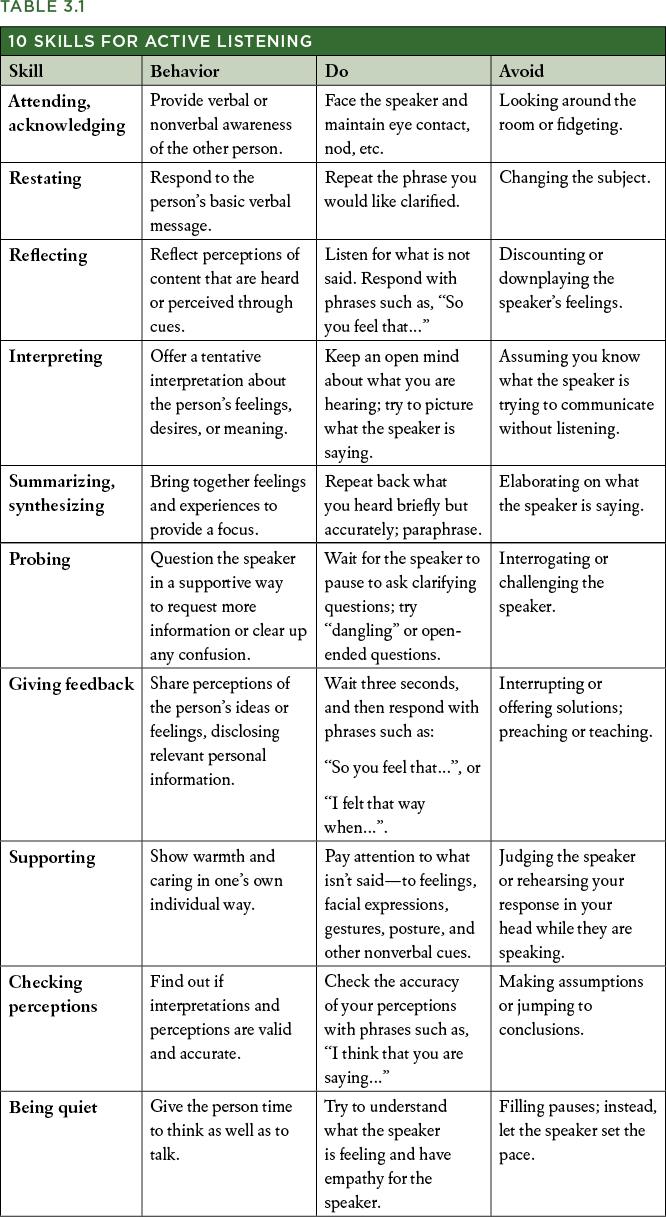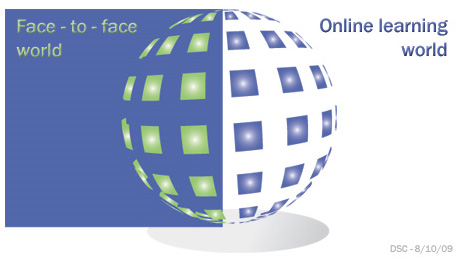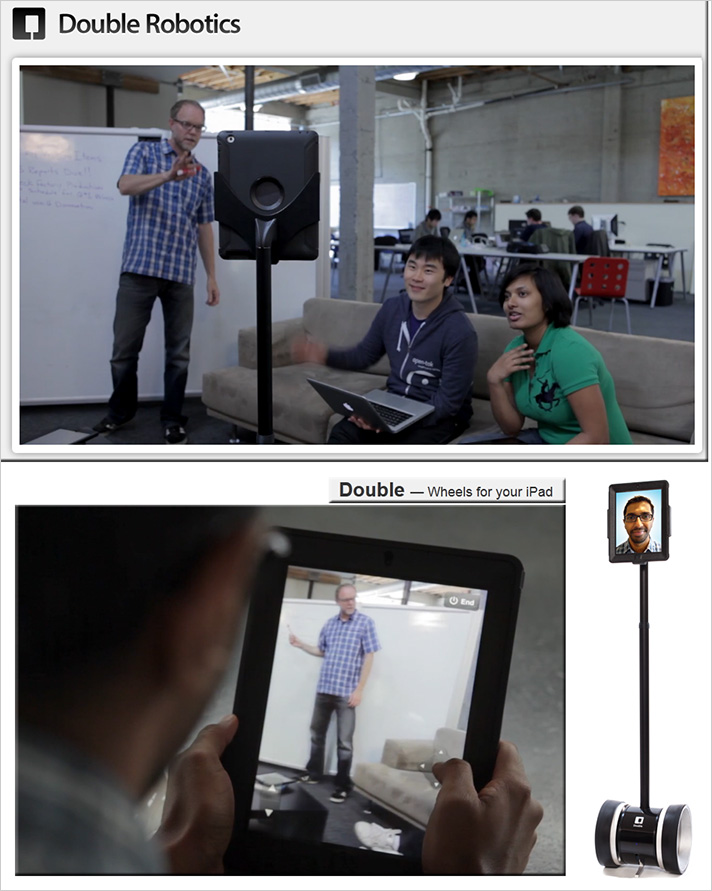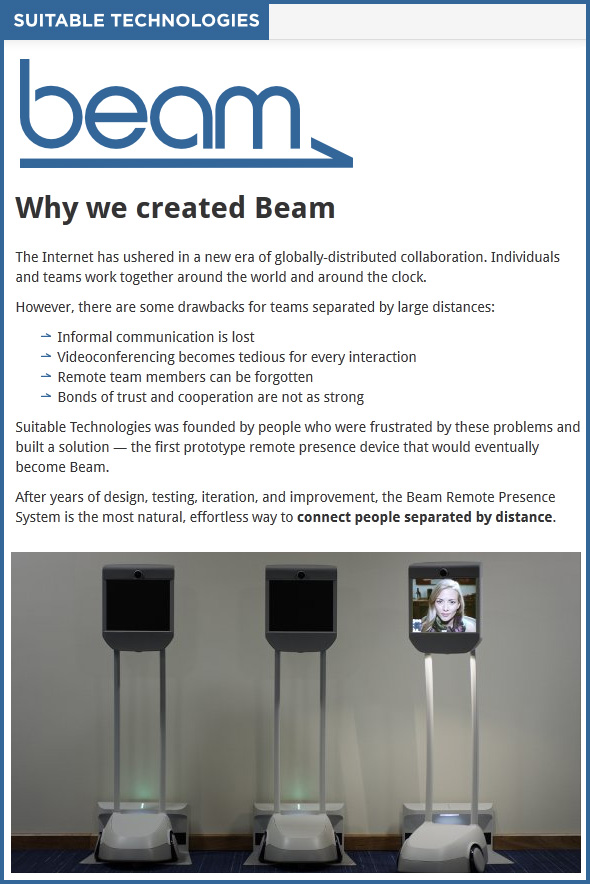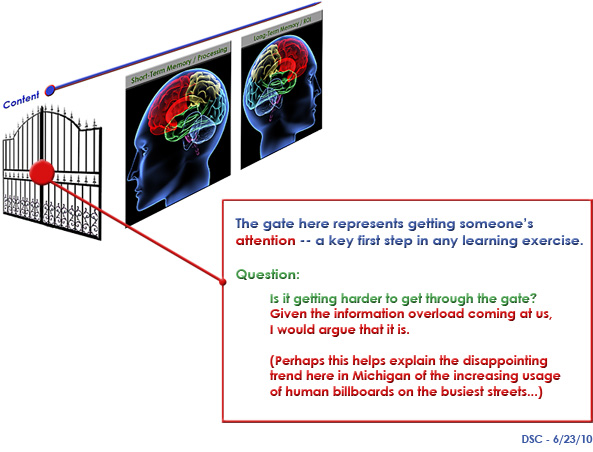In Memory: Seymour Papert — from media.mit.edu; with thanks to Mr. Joe Byerwalter for this resource
Excerpt:
Seymour Papert, whose ideas and inventions transformed how millions of children around the world create and learn, died Sunday, July 31, 2016 at his home in East Blue Hill, Maine. He was 88.
Papert’s career traversed a trio of influential movements: child development, artificial intelligence, and educational technologies. Based on his insights into children’s thinking and learning, Papert recognized that computers could be used not just to deliver information and instruction, but also to empower children to experiment, explore, and express themselves. The central tenet of his Constructionist theory of learning is that people build knowledge most effectively when they are actively engaged in constructing things in the world. As early as 1968, Papert introduced the idea that computer programming and debugging can provide children a way to think about their own thinking and learn about their own learning.
Also see:
- AI and Computer Learning Lion Seymour Papert Dies at 88 — from fortune.com by Barb Darrow
Excerpt:
Seymour Papert, the MIT professor who helped blaze the trail for artificial intelligence and computer-aided education for children at a time when no one saw the potential for using these massive machines for such purposes, died Sunday at the age of 88 in East Blue Hill, Maine.
“In this particular art class they were all carving soap,” he continued, “but what each student carved came from wherever fancy is bred, and the project was not done and dropped but continued for many weeks. It allowed time to think, to dream, to gaze, to get a new idea and try it and drop it or persist, time to talk, to see other people’s work and their reaction to yours — not unlike mathematics as it is for the mathematician, but quite unlike math as it is in junior high school.”
.
- Seymour Papert, 88, Dies; Saw Education’s Future in Computers — from nytimes.com by Glenn Rifkin
Excerpt:
Seymour Papert, a visionary educator and mathematician who well before the advent of the personal computer foresaw children using computers as instruments for learning and enhancing creativity, died on Sunday at his home in Blue Hill, Me. He was 88.
He added, “In the past, education adapted the mind to a very restricted set of available media; in the future, it will adapt media to serve the needs and tastes of each individual mind.”









